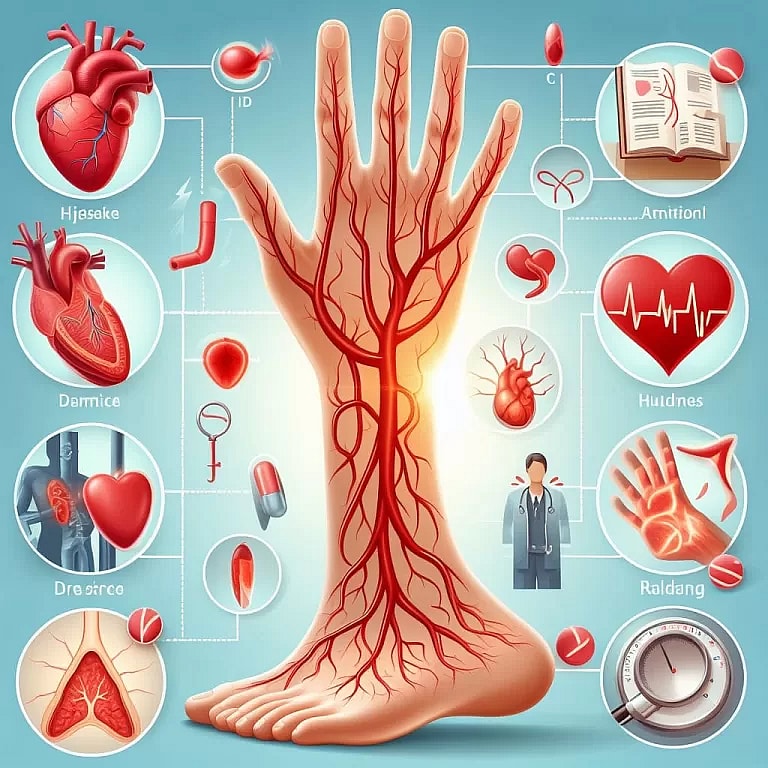PAD
**PAD: Peripheral Artery Disease**
Peripheral artery disease (PAD) is a serious circulatory condition affecting over 8 million Americans. It arises from the narrowing or blockage of arteries that supply blood to the limbs, specifically the legs and feet. Restricted blood flow can lead to various symptoms such as pain, numbness, and weakness in the affected extremities.
**Keywords:**
* Peripheral artery disease
* PAD
* Arterial narrowing
* Blood flow restriction
* Leg pain
* Foot pain
* Numbness
* Weakness
**Description:**
PAD is prevalent in individuals with underlying conditions like diabetes, smoking, and high cholesterol. Its symptoms can range from mild to severe, often manifesting as leg pain during exercise, known as claudication pain. As the condition progresses, rest pain may occur even at night.
Diagnosis involves a comprehensive medical history, physical examination, and non-invasive tests like ankle-brachial index and duplex ultrasound. Treatment options vary based on the severity of the disease and may include lifestyle modifications, medications, and endovascular or surgical interventions to restore blood flow to the affected limbs.
Early detection and management of PAD are crucial to prevent complications such as critical limb ischemia, amputation, and cardiovascular events. Regular foot checks, healthy habits, and prompt medical attention upon symptom onset can help improve outcomes.
Symptoms of Peripheral Artery Disease (PAD) and How to Manage Them

The hallmark symptom of peripheral artery disease (PAD) is pain when walking. More advanced PAD may cause pain at rest and other symptoms that need immediate attention. Like coronary artery disease, PAD results from plaque buildup in certain arteries. That…
